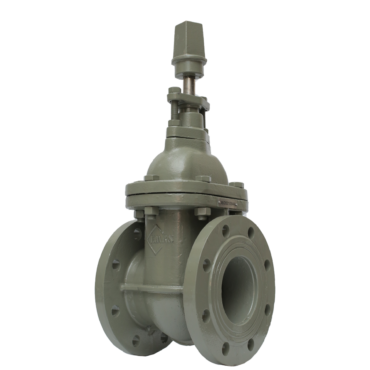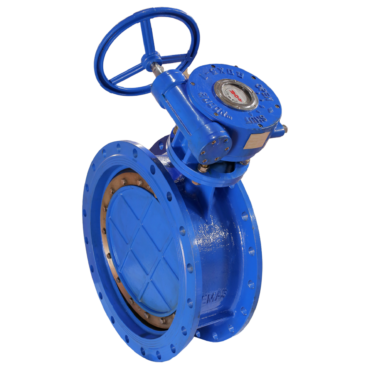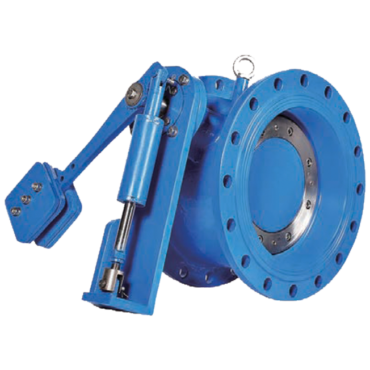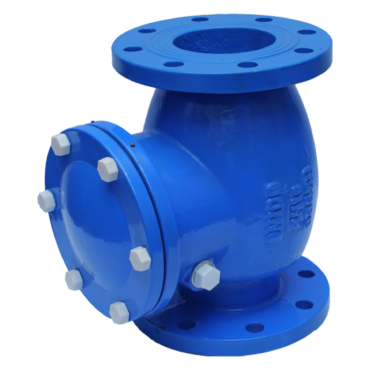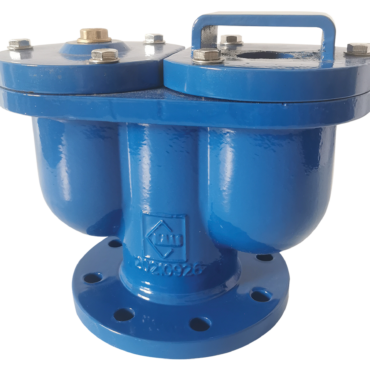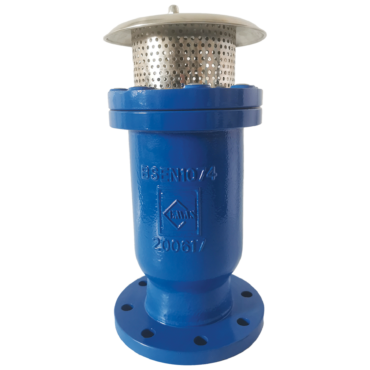What is Valve?
A valve is simply a product that the average person rarely notices, even though it plays a vital role in the quality of our lives. A valve is a piece of equipment or a device that controls, limits, or allows the passage of fluid flow. Valves are not limited to a single fluid; in most cases, valves can be used for a variety of fluids, including clean drinking water, wastewater, vapors, gases, petrochemicals, slurries, and even dry materials.
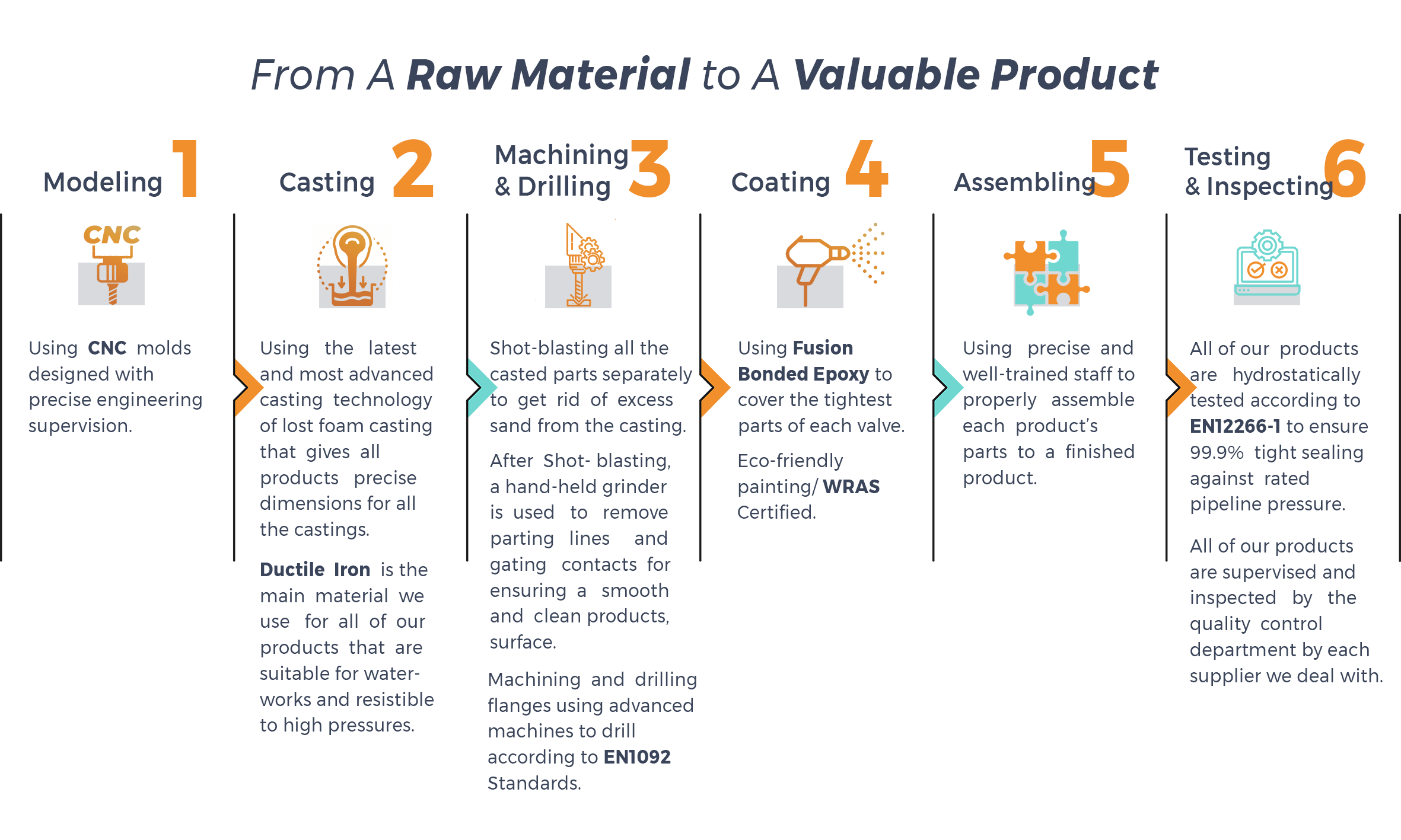
Types of
Gate Valve
A gate valve is the most common isolating valve that inserts a sliding plate (wedge) into the fluid path to stop or allow the flow. The gate valve is primarily intended for fully open or fully closed positions and should not be used for throttling or flow regulation.
The gate valve operation mechanism works by slowly lifting or dropping a vertical sliding gate (wedge) using the installed actuator (generally Handwheel or Wrench Nut), requiring multiple clockwise counter-turns to fully open and allow the flow straightway or vice versa.
Gate Valve Types:
The valve wedge/gate is either made of solid wedge disk (Metal Seated) or encapsulated flexible rubber (Resilient Seated) depending on the proposed preferences or application.
Gate valves are classified as “rising stem” or “non-rising stem.”
A Non-Rising Stem Gate Valve
A Non-Rising Stem gate valve means that when the handwheel is turned/rotated, the circular motion is transmitted to the stem inside the valve housing, which moves the wedge upwards or downwards while the stem remains inside the valve body. The Non-Rising Stem Gate Valves can be used in above-ground and underground applications.
A Rising Stem Gate Valve
It means that the threaded stem is attached to the valve wedge as it moves vertically while the valve is operating and provides a visual indication of the valve position. The rising stem’s wedge movement is controlled by a fixed handwheel nut that rotates around the stem thread to move it up or down. The Rising Stem gate valve has an inside screwed stem and packing to prevent leakage caused by the friction of moving up or down and turning rotation while subjected to rated pipeline pressures.
Rising stem gate valves are only suitable for above-ground installations.
Types of
Butterfly Valve
A butterfly valve is a quarter-turn valve with a circular body and a round disc set on a bare shaft or two-pin rod. It is useful where space is restricted and can be used for throttling or regulating the flow. However, if the valve disc is partially open, the sealing may be damaged.
The butterfly valve is often preferred because of its light weight and inexpensive cost compared to other types of valves, and it can be used effectively for large-scale applications.
The butterfly valve operation mechanism is performed by manually rotate the gearbox handwheel or automatically using an electric actuator translated to the mounted disc on the stem through wiping motion rotation at 90 degrees or less.
Types of
Non-Return Valve
A non-return valve is designed to allow fluid to flow in just one direction, preventing liquid or gas from returning upstream of the valve. However, a pipeline back-flow can occur in a piping system if the system’s mechanical equipment, such as pumps and compressors, suddenly stops or fails.
The use of a non-return valve is critical to avoid the excessive force of the water hammer. It is designed to prevent the reversal of fluid flow to protect the mechanical equipment in the piping system from damage.
The operation of a non-return valve does not require any external control devices. Its operation mechanism automatically opens or closes the disc depending on the pipeline flow direction, with forward flow opening and backward flow closing the disc.
Types of
Air Release Valve
Air Release Valve is used to ensure that any entrained air in the water system is automatically released to maximize the system’s performance.
The pressurized piping system is prone to collecting air during fluid conveyance operations in a variety of ways, including improper installation, pipeline leaking joints, supplemental equipment, and a lack of properly aerating the piping system. Normally gases or air have less density than liquids, as a result, it accumulates at high points of the piping system where an air valve should be located.
A pipeline containing air may have an impact on the piping system and reduce the pump’s lifespan; trapped air can cause overall pump failure, a significant decrease in flow rate, faulty instrumentation readings, and water hammering.
Types of
Rubber Expansion Joint Valve
Expansion joints absorb dimensional changes produced by thermal expansion and contraction of a pipeline, duct, or vessel to reduce piping system vibration while keeping the system pressure constant.

